In the field of medical injection molding, the production of high-cleanliness transparent or light-colored medical plastic parts (such as syringes, infusion set components, medical catheters, etc.) faces critical issues of surface defects (such as spots, haze, foreign particle inclusions, etc.). These defects not only affect the appearance quality of the products but may also directly compromise medical safety, leading to increased product rejection rates, surging production costs, and damage to corporate reputation. Addressing such issues requires systematic control across the entire process from raw material handling, mold design, process parameter optimization, to production environment management. The specific causes and improvement solutions are as follows:
Surface defect issues in medical injection molding products have industry-specific characteristics and require fine-grained control from multiple dimensions such as raw material pretreatment, mold cleaning, process parameter optimization, and cleanroom management to ensure products meet medical-grade cleanliness standards.
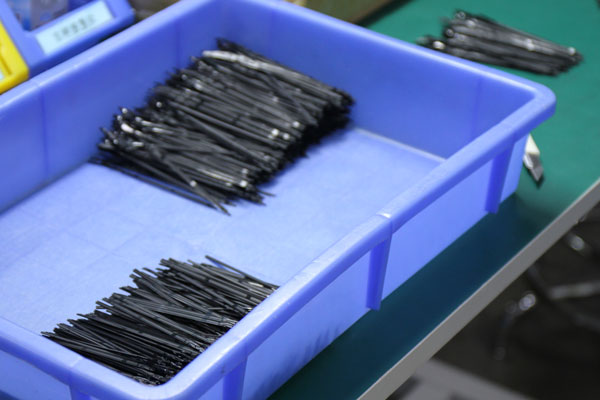
Direct Causes of Surface Defects and Corresponding Solutions:
-
Residue Attachment from Raw Material Degradation at High Temperatures
-
Cause: Medical-grade plastics (such as PP, PC, COC) are prone to carbonization at excessively high melt temperatures.
-
Solutions: a. Perform full shot purging; b. Use mirror-polished barrels; c. Implement gradient temperature reduction control (recommended melt temperature reduction ≤5℃ per step); d. Develop specialized medical-grade low-residue screws.
-
Foreign Material Contamination or Pollution in the Drying System
-
Cause: Uneven dispersion of medical-grade color masterbatches or electrostatic adsorption of particles in the drying hopper.
-
Solutions: a. Install online foreign material detectors; b. Adopt vacuum feeding systems; c. Equip drying hoppers with ion air blowers.
-
Design Flaws in Flow Channels for Heat-Sensitive Materials
-
Cause: Gel formation in medical catheter-specific materials (such as PEBAX) due to shear heating.
-
Solutions: a. Apply hot runner gateless technology; b. Optimize multi-stage injection speed profiles (reduce initial injection speed by 30%).
-
Material Stagnation in Mold Flow Channel Dead Zones
-
Cause: Material stagnation and decomposition in precision gate areas of medical molds.
-
Solutions: a. Use mirror-polished flow channels; b. Add mold cooling water channels; c. Develop self-cleaning mold venting systems.
-
Failure in Clean Environment Control
-
Cause: Excessive dynamic particle counts in Class 10,000 cleanrooms.
-
Solutions: a. Deploy FFU self-circulating purification units; b. Implement positive pressure environment control (maintain differential pressure ≥10Pa); c. Require personnel to wear cleanroom suits and use ion air blowers during operations.
-
Poor Dispersion Due to Colorant Agglomeration
-
Cause: Agglomeration of medical-grade colorants (such as ISO10993-compliant color masterbatches).
-
Solutions: a. Adopt nano-scale colorant pre-dispersion processes; b. Configure twin-screw colorant mixing units.
-
Dust Ingress in the Drying System
-
Cause: Dust adsorption due to the hygroscopic nature of medical-grade raw materials.
-
Solutions: a. Equip drying hoppers with nitrogen protection systems; b. Install HEPA-filtered air intake devices.
-
Insufficient Precision in Gate Systems
-
Cause: Shear heating due to dimensional deviations in gates for medical thin-walled parts.
-
Solutions: a. Apply micro hot runner technology (gate diameter ≤0.3mm); b. Adopt ultrasonic-assisted injection molding processes.
-
Contamination in Regrind Handling Systems
-
Cause: Impurities mixed into medical regrind (such as needle caps, connector scraps).
-
Solutions: a. Establish dedicated medical-grade regrind processing lines; b. Install online metal detectors.
-
Inadequate Cleanliness of Auxiliary Equipment
-
Cause: Residue from previous batches in medical-grade mixing machines.
-
Solutions: a. Implement CIP in-situ cleaning systems; b. Establish auxiliary equipment cleaning validation standards (compliant with ISO13485).
Conclusion
Controlling surface quality in medical injection molding products is a systematic engineering task that requires innovation across the entire chain from material science, mold technology, process optimization, to environmental control. Dongguan Yize Mold Co., Ltd. has been deeply engaged in the medical injection molding field for 17 years, possessing a Class 10,000 clean injection molding workshop and ISO13485 certification system. We specialize in the development of high-end medical products such as medical connectors, precision drug delivery devices, and implant-grade polymer components, offering complete solutions from mold flow channel simulation design, medical-grade material modification, to cleanroom assembly. We are committed to assisting customers in overcoming cleanliness bottlenecks in medical injection molding through technological innovation. Please contact us at +86 13302615729 (WeChat, WhatsApp available) to discuss customized medical injection molding solutions.
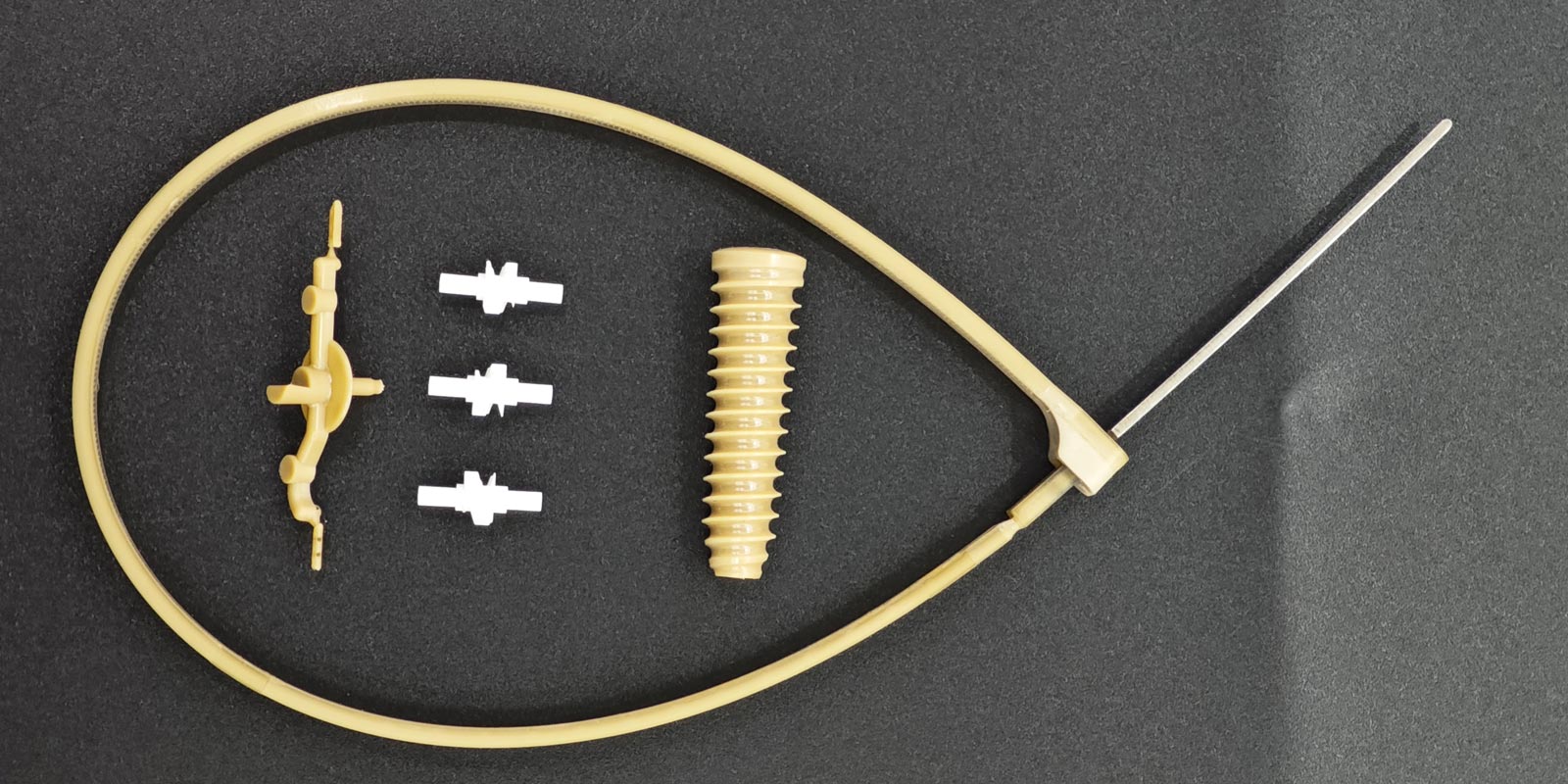
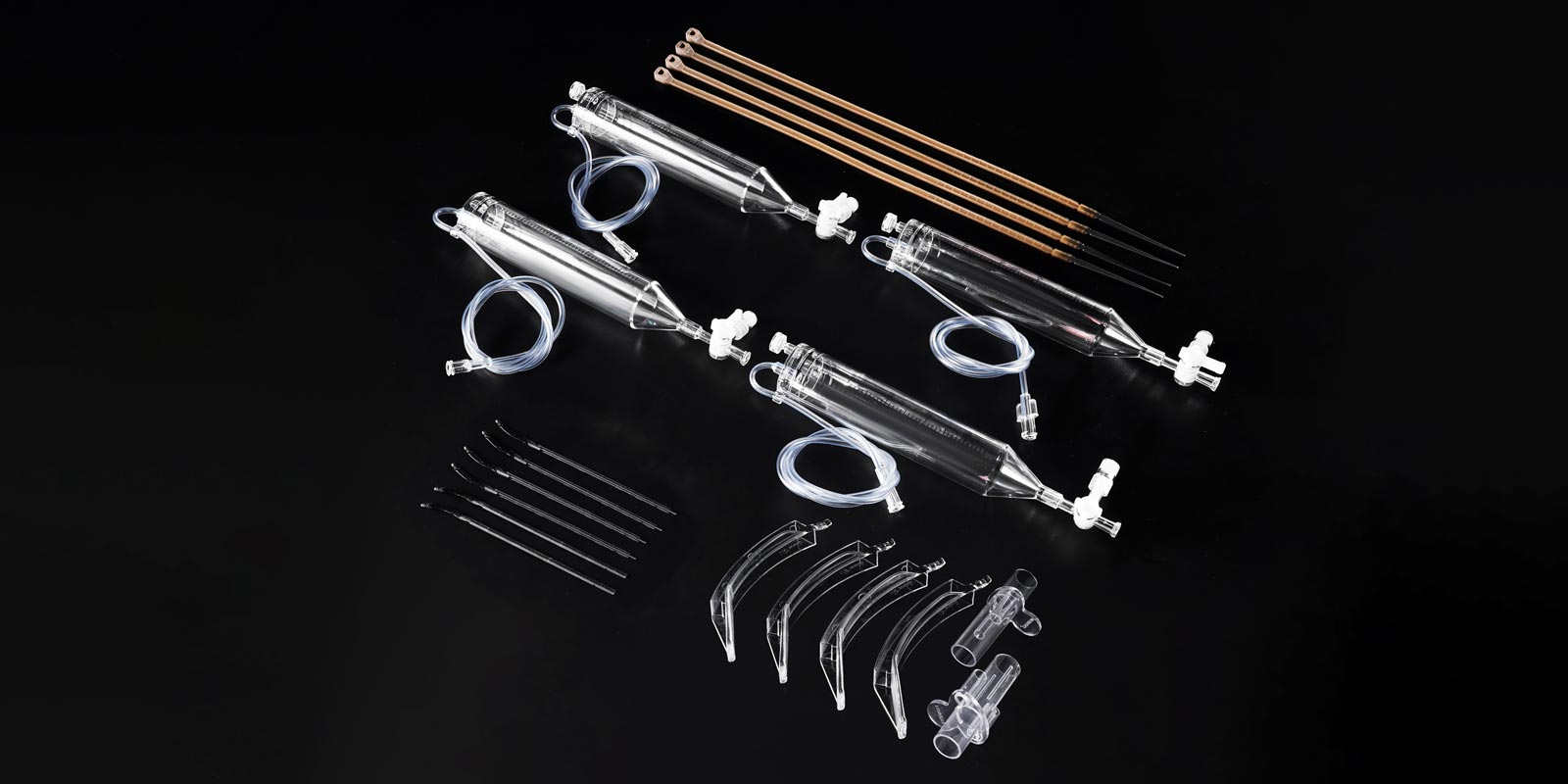

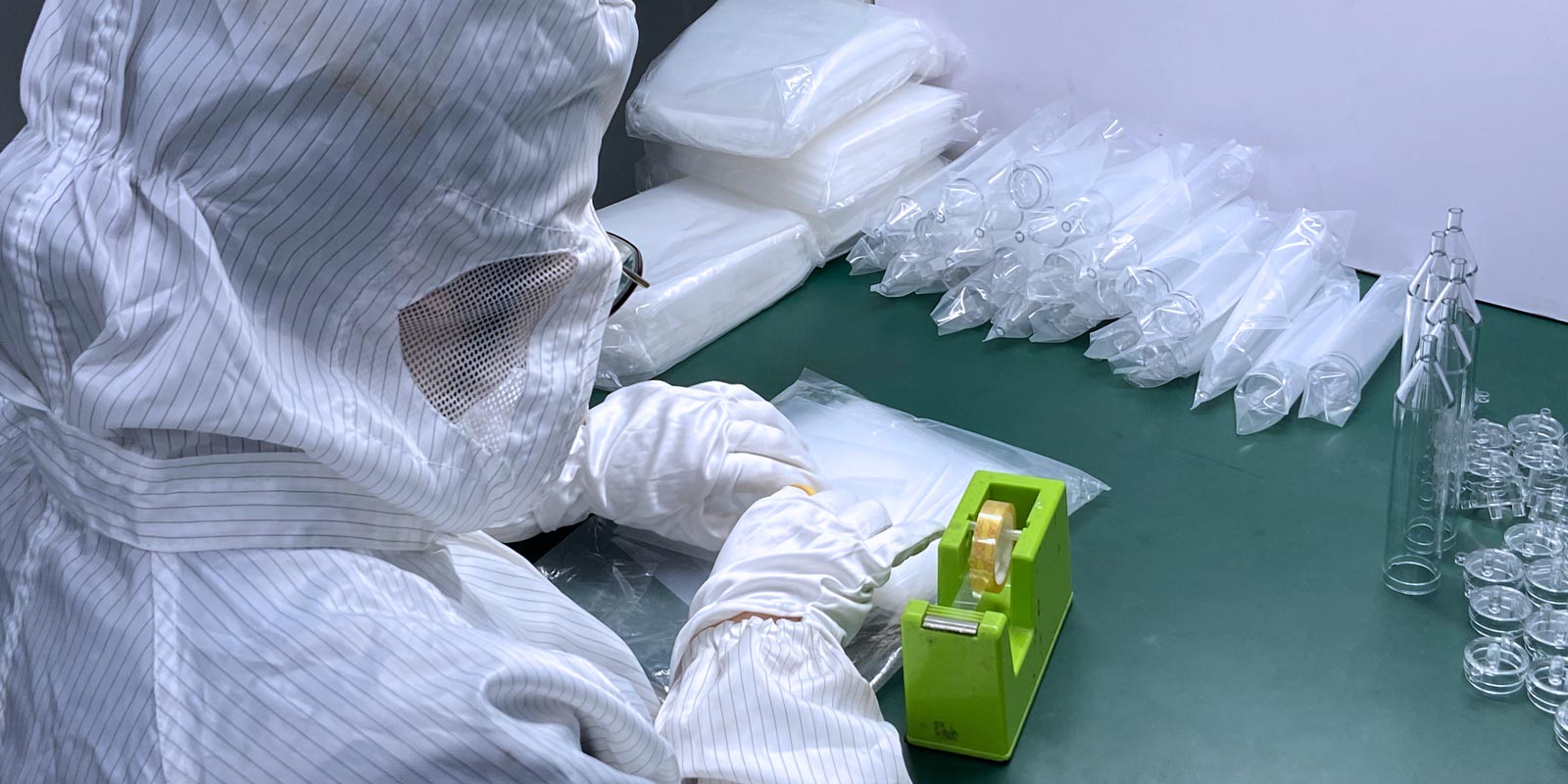

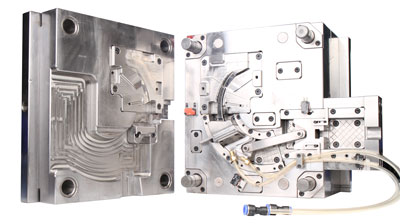
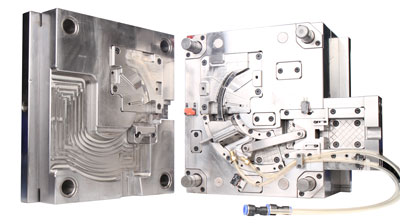
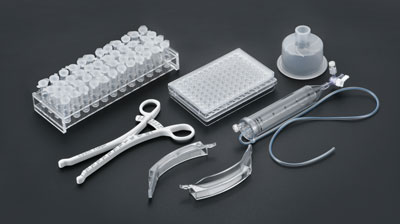








 Home
Home
